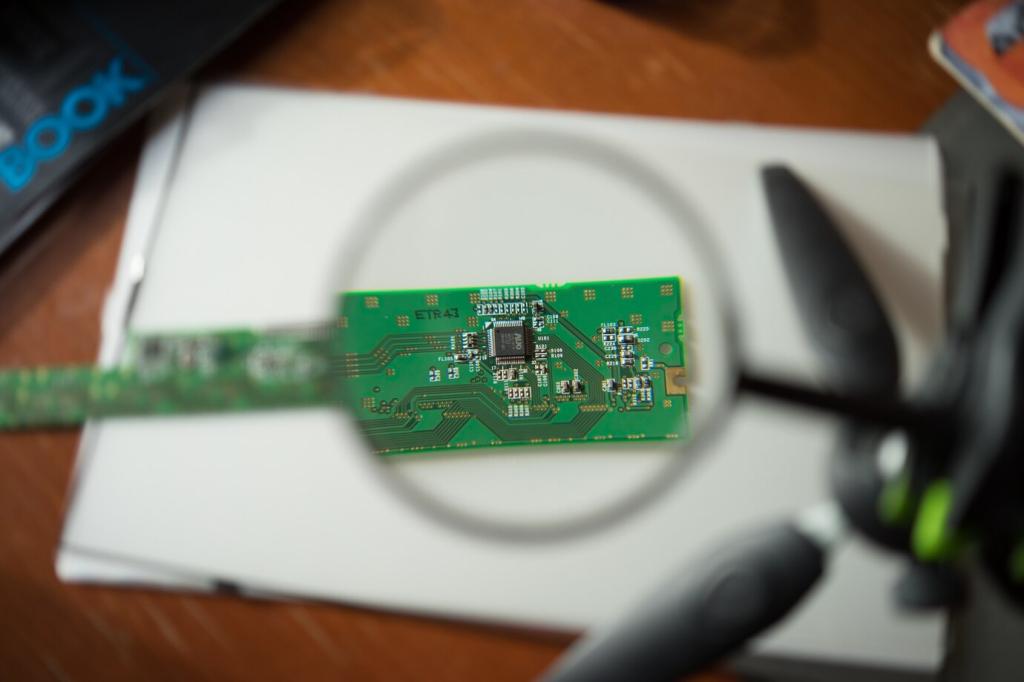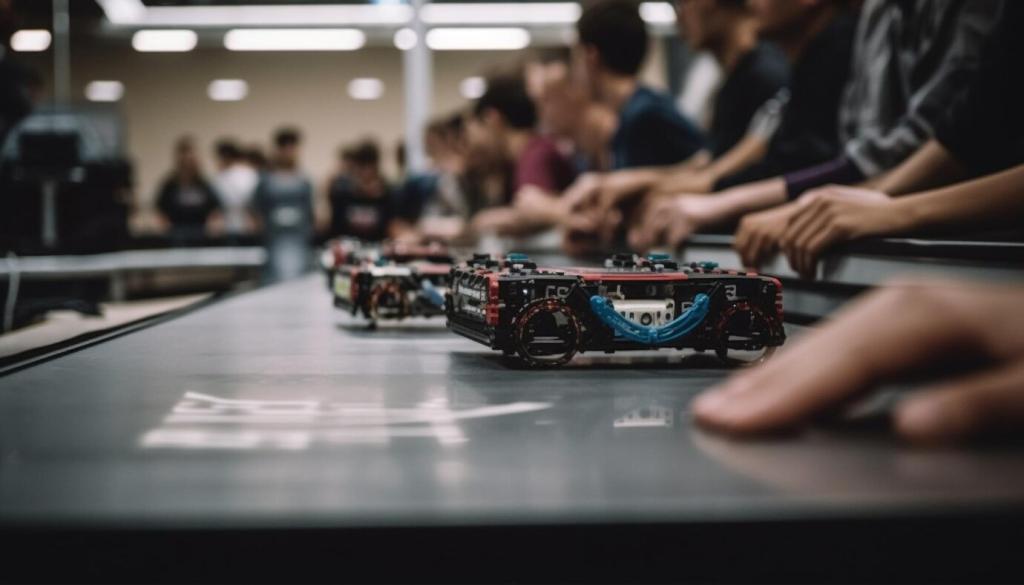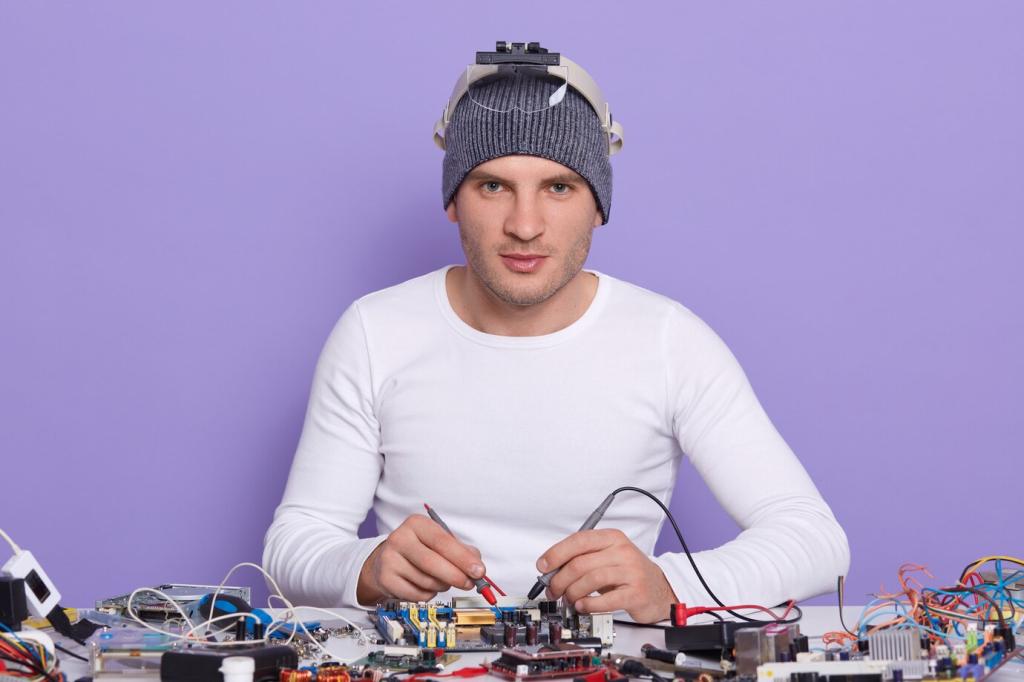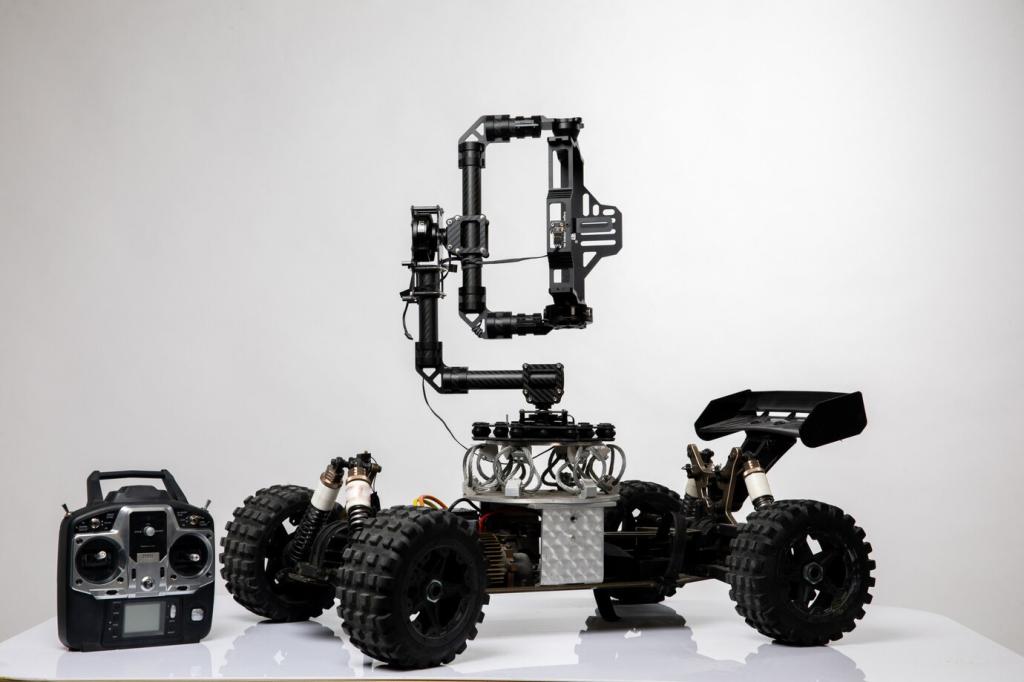Light Sensor Projects with Arduino
Discover the fascinating world of Arduino-based light sensor projects and learn how simple sensors can drive powerful automation and creative solutions. Whether you’re a hobbyist or an aspiring engineer, using Arduino with light sensors opens up endless opportunities for smart systems and interactive gadgets. This page introduces you to the possibilities, essential concepts, practical projects, and advanced techniques to harness the power of light with Arduino.
Understanding Light Sensors and Arduino Integration
What is a Light Sensor?
A light sensor is an electronic device designed to detect and measure levels of light in the environment. These sensors convert light energy (usually in the form of photons) into an electrical signal which can be interpreted by microcontrollers like Arduino. There are several types of light sensors, including photodiodes, photoresistors (LDRs), and phototransistors, each offering varying sensitivities and response times. Understanding how these sensors work is essential when creating circuits that react to light, be it for automatic lighting, environmental monitoring, or creative interactive applications. Accurate light detection forms the foundation of many automated systems and provides a bridge between the physical world and digital control.
How Arduino Interfaces with Light Sensors
Arduino’s analog and digital input pins enable straightforward integration with a variety of light sensors. By translating the changing resistance or voltage from the sensor into readable data, Arduino provides a platform for real-time light analysis. With just a few lines of code, you can monitor ambient brightness and trigger actions, such as turning on LEDs or mapping light changes over time. The simplicity of wiring sensors to Arduino and the extensive online support make prototyping quick for both novices and experienced developers. As you progress, you will find Arduino’s ecosystem rich with libraries and sample projects to speed along your experimentation.
The Importance of Light Measurement in Everyday Life
Measuring light accurately can enhance automation, safety, and energy conservation in numerous everyday applications. From smart street lighting that adjusts brightness based on natural sunlight, to automated greenhouse systems maintaining optimal plant growth conditions, light sensing drives efficiency and comfort. Arduino projects utilizing light sensors often serve as prototypes for larger commercial solutions, providing vital hands-on experience in problem-solving and innovation. As technology advances, light measurement will continue to play a significant role in building smarter, more responsive environments at home and in industry.

The Role of Photoresistors in Sensing Light
Photoresistors, also known as Light Dependent Resistors (LDRs), are among the most commonly used light sensors with Arduino. Their resistance decreases as the light striking them increases, making them ideal for measuring ambient brightness in a cost-effective manner. Simple to use and highly reliable, LDRs require minimal circuitry—typically just a voltage divider—to deliver analog signals to an Arduino. Their widespread use in educational kits and DIY home automation underscores their versatility and accuracy under various lighting conditions. Given their affordability and ease of use, photoresistors are often the first choice for beginners experimenting with light detection.

Additional Sensors: Photodiodes and Phototransistors
While photoresistors are popular, photodiodes and phototransistors offer enhanced sensitivity and faster response times for more advanced light sensing requirements. Photodiodes generate a current proportional to the incident light and are often used when precision and speed are priorities, such as in optical encoders or infrared receivers. Phototransistors, on the other hand, amplify the electrical current generated by incoming light, enabling detection of low light levels and rapid fluctuations. Both sensor types connect effortlessly to Arduino and can be integrated into high-performance projects, expanding the creative possibilities beyond basic light measurement.

Automatic Night Light
The automatic night light project utilizes a photoresistor and an Arduino to control an LED based on room brightness. When the sensor detects reduced ambient light, such as at sunset or when you enter a dark room, the Arduino triggers the LED to illuminate. This simple yet effective project introduces core concepts like reading analog sensor data and using conditionals in code to produce specific responses. It’s an ideal starting point for beginners, demonstrating how sensor data can automate everyday routines safely and efficiently, and can be expanded to include multiple lights or integration with other home automation features.

Smart Window Blinds
Smart window blinds represent an engaging project for those wanting to blend electronics with practical home improvements. By attaching a servo motor to household blinds and using a light sensor as input, Arduino can automatically adjust the blinds based on sunlight intensity. When it’s bright outside, the blinds close to cool down the room; as light fades, they open to let sunlight in. This project teaches how to combine mechanical elements with sensor feedback, enhancing comfort and energy efficiency. As you build this system, you gain experience in driving motors, calibrating sensors, and controlling moving parts with software.

DIY Light Meter
A DIY light meter is a valuable tool for photographers, plant enthusiasts, and anyone needing precise measurements of ambient brightness. Using a high-sensitivity sensor connected to Arduino, the device continuously reads light intensity and displays results on an LCD or serial monitor. Building this project reinforces key concepts of data acquisition, calibration, and user interface design. You’ll learn how to collect stable readings, convert raw sensor data into meaningful lux values, and visualize results for effective decision-making. Such a project forms the foundation for more advanced environmental monitoring systems.
